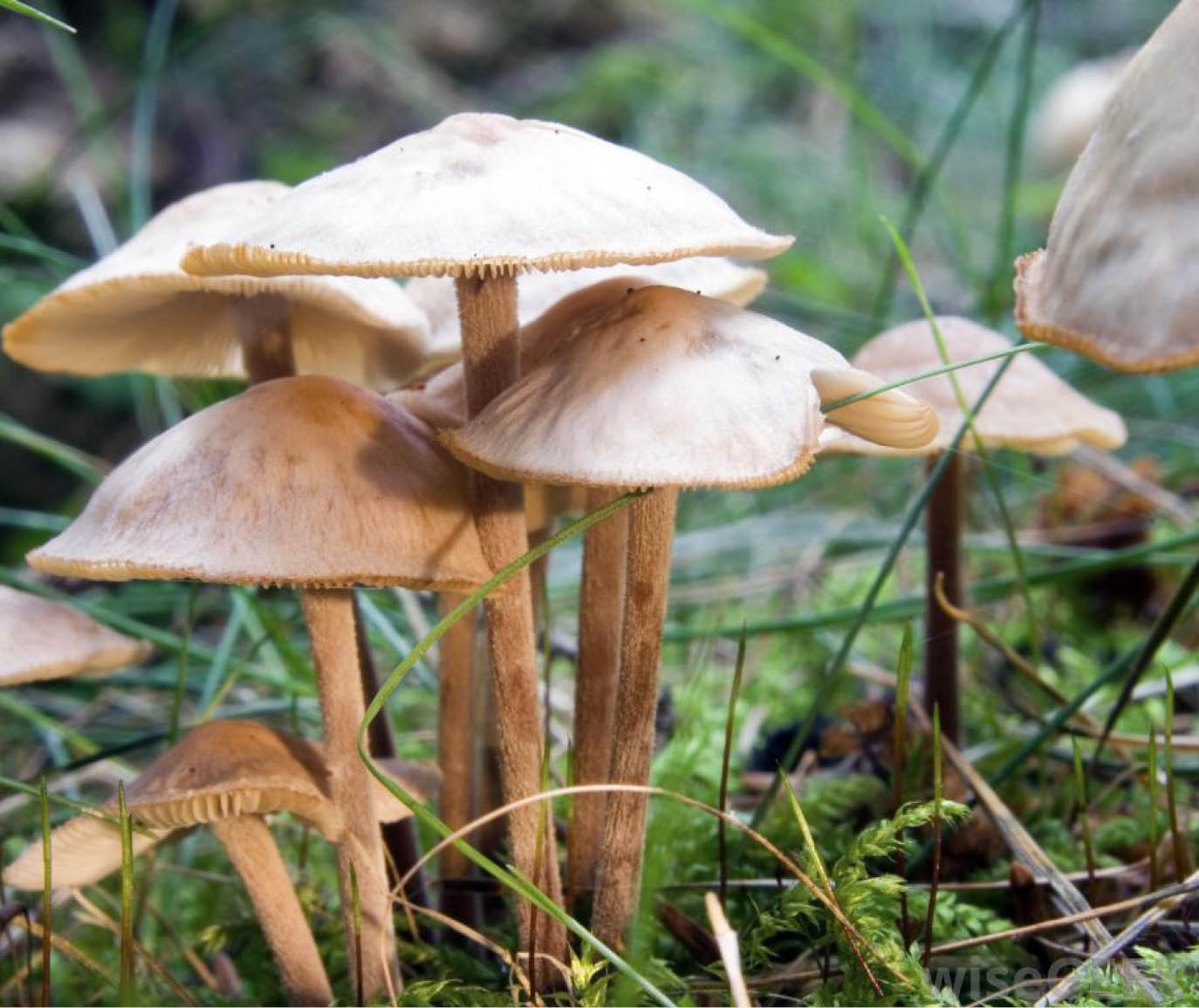Why mushroom farmers should expect brighter days
If the current effort to develop lovastatin drugs that can help to control cholesterol levels from a certain mushroom type are intensified, then better days are ahead for mushroom farmers. Cholesterol is a waxy substance found in the blood. Medical experts believe that the body needs cholesterol to build healthy cells, but high level of […]

Mushroom
If the current effort to develop lovastatin drugs that can help to control cholesterol levels from a certain mushroom type are intensified, then better days are ahead for mushroom farmers.
Cholesterol is a waxy substance found in the blood. Medical experts believe that the body needs cholesterol to build healthy cells, but high level of it increases the risk of heart disease. It leads to deposition of fats in the blood vessels, and eventually, these deposits grow and make it difficult for enough blood to flow through the arteries.
Among the risk factors, according to the Director General of the Raw Materials Research and Development Council (RMRDC), Prof. Hussaini Doko Ibrahim, are poor diet, eating saturated fat found in animal products and trans fats found in some commercially baked cookies and crackers and that microwave popcorn can also raise cholesterol level.
Prof. Ibrahim said foods that were high in cholesterol such as red meat and full-fat dairy products also increased cholesterol.
What efforts are being made to control Low Density Lipoprotein (LDL)?
Prof. Ibrahim said effort had been made globally to find medication for the control of LDL through the development of lovastatin from natural sources.
Lovastatin, according to him, is an inhibitor of 3-hydoxy-3 methylglutaryl-coenzyme A (HMG-CoA reductase), an enzyme that catalyses the conversion of HMG-CoA to mevalonate. Mevalonate is a required building block for cholesterol biosynthesis and lovastatin interferes with its production by acting as a reversible competitive inhibitor for HMG-CoA which binds to the HMG-CoA reductase.
Why are mushrooms so important in statin production?
The DG said mushrooms were widespread in temperate and subtropical forests, and that some of them had high concentrations of lovastatin; up to 2.8 per cent on dry weight basis, and added that as a result they had been employed in lovastatin production in many countries.
He said RMRDC investigated a number of wild mushrooms to determine their properties and to come up with those with adequate potentials for use in lovastatin production.
Prof. Ibrahim said, “More than 10 varieties were screened and we came up with the one with adequate potentials for lovastatin production in the country.
“The project is in furtherance of the capacity building and entrepreneurship development programmes earlier carried out by the council on mushroom development in Nigeria.”
The DG added that it was basically value-addition to mushroom to produce secondary raw materials of nutraceutical values, adding that the project was hinged on production of lovastatin as all statin drugs were imported into Nigeria and that there was no local production.
He said, “As I have already highlighted, the focus was to develop lovastatin, a secondary raw material produced from the mushrooms to serve the nutrition and pharmaceutical industries. Lovastatin has been developed and it’s being upgraded with additives into supplements for treatment of cholesterol and reduction of cardio-vascular diseases.”
He said the council was currently promoting large scale cultivation of the identified wild mushroom from which lovastatin would be produced on a large scale in collaboration with “our research partner, the International Centre for Ethno-Medicine and Drug Discovery (InterCEED), which is an arm of the Bio-resources Development Group (BDG) situated at Nsukka, Enugu State. “Other collaborators on this project are the University of Nigeria, Nsukka (UNN) and the Nnamdi Azikiwe University (NAU), Awka. The commercialisation of the project, the process which commenced late last year (2019) would save the country huge Foreign Exchange (Forex) expended on the importation of the drugs and also create jobs.”
